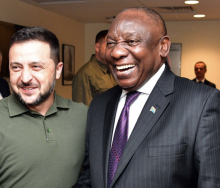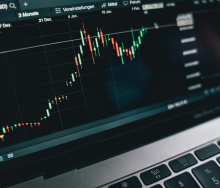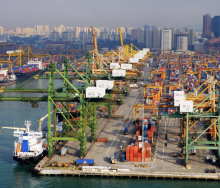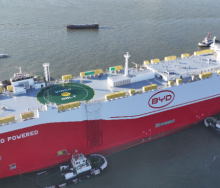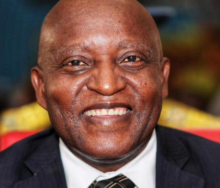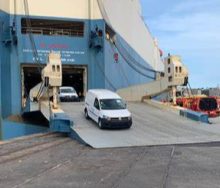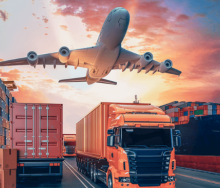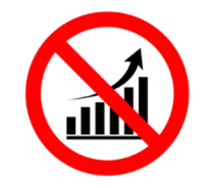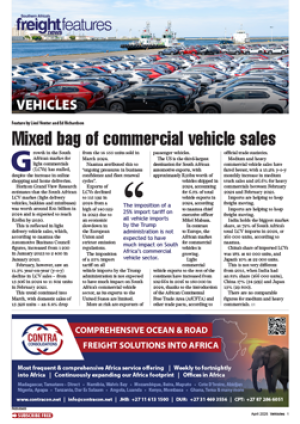Petrol prices are expected to rise in April, as pressure on the rand and global oil prices became apparent in early March.
The Central Energy Fund has seen costs increasing for diesel and petrol from February to March, and the rand growing weaker resulting in higher fuel prices.
In March petrol has gone up by 57 cents per litre and diesel by six to nine cents per litre.
In the face of the dollar’s current strengths and the country’s severe load shedding issues and recent greylisting, the rand’s value has been dipping.
Despite being significantly lower in previous months, the rand has stabilised at R18 to the dollar which is still considered low.
Nedbank economists said to BusinessTech, “The support came from a softer US dollar and a resurgence in global risk appetites following dovish comments from a key Fed official. This followed six weeks of depreciation against the US dollar, with the rand trading at a significant discount to other emerging market currencies.”
Despite this slight improvement, in the last four weeks the rand to dollar value has decreased by a further 3.8% from being 6.3% weaker than the dollar to being 10.1% weaker.
However, the dollar leniency is expected to decrease as data from the US Fed is released regarding unemployment rates and non-farm payrolls.
“Markets expect a jump of between 200,000 and 240,000 new jobs in February versus January’s massive 517,000 number, while unemployment is expected to be steady at 3.4%. Any print in excess of 250,000 would put pressure on the Fed FOMC to hike more aggressively and push the dollar stronger,” elaborated the TreasuryOne group.
However, the rand will continue to face challenges as Stats SA releases its GDP figures for the last quarter of 2022. Economists are anticipating a reduction due to the severe load shedding administered since September 2022, and the declining trade conditions forecast for the first quarter of 2023.
According to Bloomberg, oil was stagnant within a USD10 range since the beginning of 2023, due to the expected repercussions of China’s recovery and lowered COVID restrictions in trade, and interest rate increases by the US Federal Reserve.
Based on this optimism Saudi Arabia has raised its prices for crude oil shipments to Asia and Europe for April.
However, China’s ambitions have proven to be more modest than expected as they announced at the annual National People’s Congress that it was only aiming for 5% GDP this year.
In the case where China exceeds its GDP goal, and Russia is sanctioned from global trade and is forced to reduce production, higher prices will be expected in South Africa.


